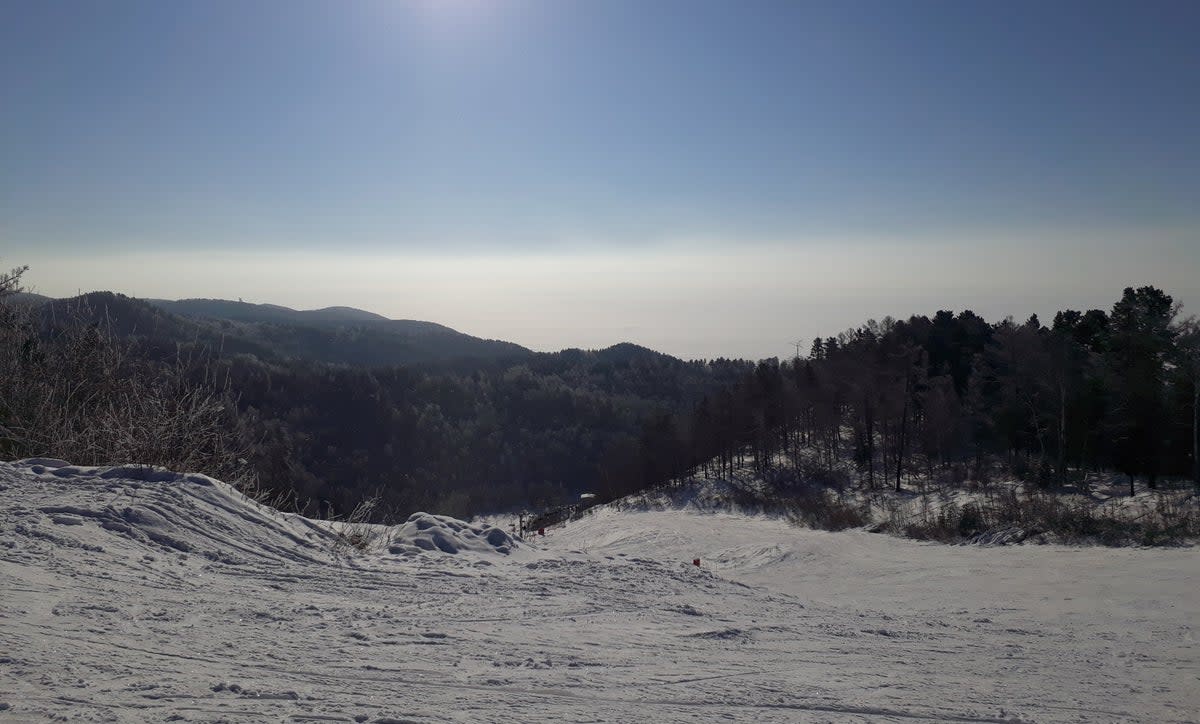What is the 50,000-year-old ‘Zombie Virus’ uncovered in Siberia?

As global warming takes hold, vast swathes of permafrost are melting, releasing material that’s been trapped for thousands of years.
This material includes microbes that have lain dormant for hundreds of millennia.
To study the emerging microbes, scientists have revived a number of “zombie viruses”, released from the Siberian permafrost, including one that’s thought to be 50,000 years old.
The outbreak killed at least 66 people but Soviet authorities denied the incident ever happened.
The team behind the discovery, which has been led by microbiologist Jean-Marie Alempic, from the French National Centre for Scientific Research, says that these reanimating viruses are potentially a significant threat to public health.
However, now Russian researchers are also purposely unearthing the bodies of long-dead woolly mammoths in an attempt to “reawaken” these Stone Age viruses.
Last year, a project called Colossal was launched, aiming to tweak the genetic code of the mammoth’s closest living relative, the Asian elephant, to create a hybrid animal that could survive in the Arctic Circle, according to the Daily Mail.
This latest project — carried out by Russia’s State Research Centre of Virology and Biotechnology, known as Vector — aims to extract cellular material containing the viruses that killed the frozen animals, and take it back to the lab for experimentation. This has sparked concern among experts.
So what is the 50,000-year-old zombie virus uncovered in Siberia?
What is the 50,000-year-old zombie virus uncovered in Siberia?
In an eerie echo of drama series Fortitude, about a deadly virus being reanimated from permafrost, more than a dozen prehistoric viruses that were previously trapped within the Siberian permafrost have been discovered.
From seven ancient permafrost samples, scientists have been able to document 13 never-before-seen viruses, that have been lying dormant in ice for thousands of years.
In 2014, the same researchers uncovered a 30,000-year-old virus, that had been trapped in permafrost, the BBC reported.
The discovery was groundbreaking, as it was still able to infect other organisms.
But now, they’ve beaten their own record, with this 48,500-year-old virus.
The 48,500-year-old amoeba virus is one of 13 outlined in a new study, with nine of them thought to be tens of thousands of years old.
The researchers established that each one was distinct from all other known viruses in terms of their genome.
While the record-breaking virus was found beneath a lake, other extraction locations included mammoth wool and the intestines of a Siberian wolf – all buried beneath permafrost.
Using live single-cell amoeba cultures, the team proved that the viruses still had the potential to be infectious pathogens.
“The situation would be much more disastrous in the case of plant, animal, or human diseases caused by the revival of an ancient unknown virus,” wrote the researchers.
“It is therefore legitimate to ponder the risk of ancient viral particles remaining infectious and getting back into circulation by the thawing of ancient permafrost layers.”

 Yahoo News
Yahoo News 
